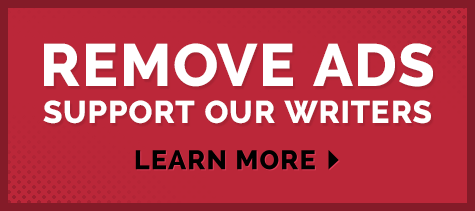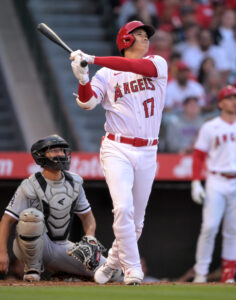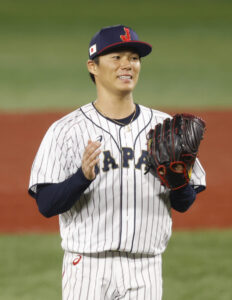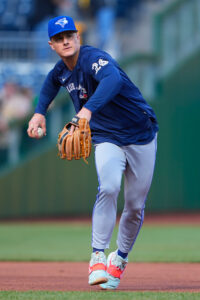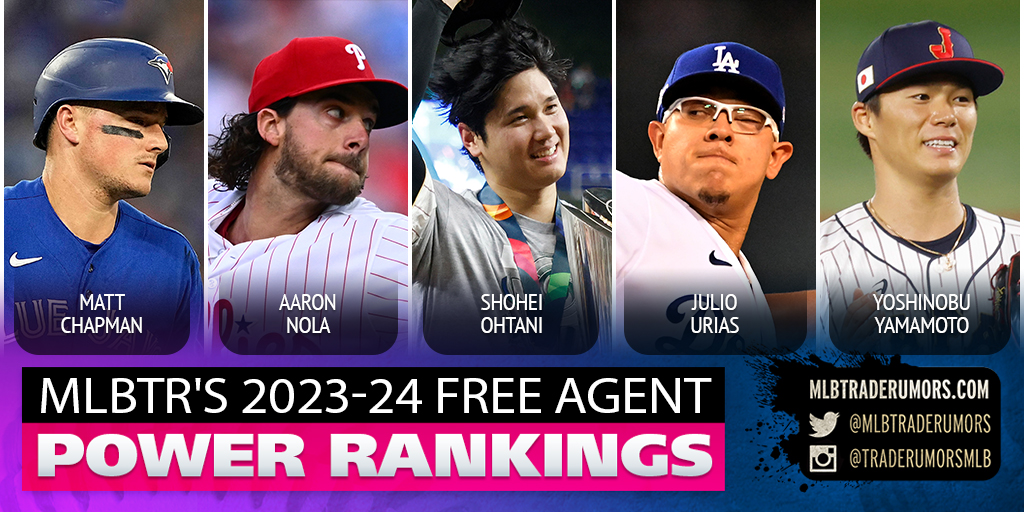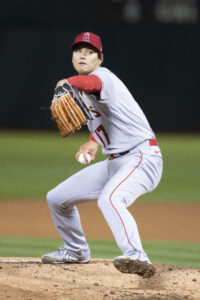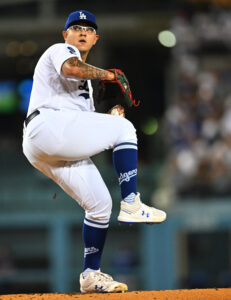The starters for the 2023 All-Star Game were already announced earlier this week, and today the league revealed the reserve selections and the pitching staffs for the National League and American League teams. Fan balloting determined the game’s starters, while the reserves and pitchers were picked by a combination of the player ballot and selections from the league office.
This won’t be the final list of players involved, as some more substitutions will be announced later for players who are injured or who have opted not to participate. Every team must have at least one player represented at the Midsummer Classic, and the starting pitchers for the game will be announced on July 10.
Of note, Shohei Ohtani will be in the game as both a DH and as a pitcher for the third consecutive season. The Braves led all teams with eight All-Stars, while the Rangers weren’t far behind with six players chosen. This year’s All-Star Game takes place in Seattle on July 11.
National League
- Catcher: Sean Murphy, Braves
- First Base: Freddie Freeman, Dodgers
- Second Base: Luis Arraez, Marlins
- Third Base: Nolan Arenado, Cardinals
- Shortstop: Orlando Arcia, Braves
- Outfield: Ronald Acuña Jr., Braves
- Outfield: Corbin Carroll, Diamondbacks
- Outfield: Mookie Betts, Dodgers
- Designated Hitter: J.D. Martinez, Dodgers
- Pitchers: Alexis Diaz/Reds, Camilo Doval/Giants, Bryce Elder/Braves, Zac Gallen/Diamondbacks, Josiah Gray/Nationals, Josh Hader/Padres, Mitch Keller/Pirates, Clayton Kershaw/Dodgers, Justin Steele/Cubs, Spencer Strider/Braves, Marcus Stroman/Cubs, Devin Williams/Brewers
- Position Players: Ozzie Albies/Braves, Pete Alonso/Mets, Nick Castellanos/Phillies, Elias Diaz/Rockies, Lourdes Gurriel Jr./Diamondbacks, Matt Olson/Braves, Austin Riley/Braves, Will Smith/Dodgers, Jorge Soler/Marlins, Juan Soto/Padres, Dansby Swanson/Cubs
American League
- Catcher: Jonah Heim, Rangers
- First Base: Yandy Díaz, Rays
- Second Base: Marcus Semien, Rangers
- Third Base: Josh Jung, Rangers
- Shortstop: Corey Seager, Rangers
- Outfield: Randy Arozarena, Rays
- Outfield: Mike Trout, Angels
- Outfield: Aaron Judge, Yankees
- Designated Hitter: Shohei Ohtani, Angels
- Pitchers: Felix Bautista/Orioles, Yennier Cano/Orioles, Emmanuel Clase/Guardians, Luis Castillo/Mariners, Gerrit Cole/Yankees, Nathan Eovaldi/Rangers, Kevin Gausman/Blue Jays, Sonny Gray/Twins, Kenley Jansen/Red Sox, Michael Lorenzen/Tigers, Shane McClanahan/Rays, Shohei Ohtani/Angels, Framber Valdez/Astros
- Position Players: Yordan Alvarez/Astros, Bo Bichette/Blue Jays, Adolis Garcia/Rangers, Vladimir Guerrero Jr./Blue Jays, Austin Hays/Orioles, Whit Merrifield/Blue Jays, Salvador Perez/Royals, Jose Ramirez/Guardians, Luis Robert Jr./White Sox, Brent Rooker/Athletics, Adley Rutschman/Orioles
